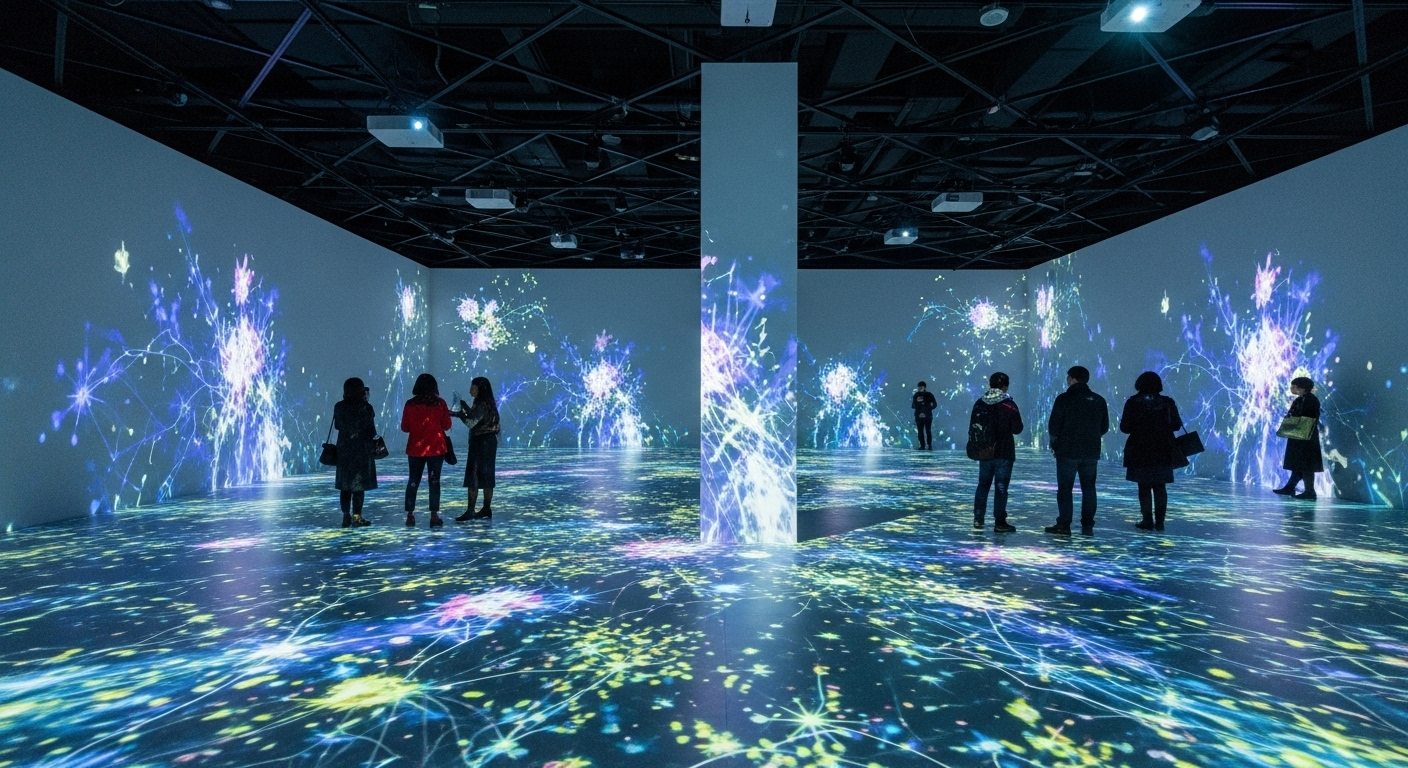Wayfinding and spatial design to optimize visitor flow
Effective wayfinding and spatial design help visitors move through cultural spaces with clarity and comfort. Thoughtful layouts, clear signage, and inclusive routes support exhibitions, programming, and community engagement while balancing conservation and interpretation goals.

Good wayfinding and spatial design are central to how visitors experience cultural venues. Designing for clear movement reduces congestion, improves accessibility, and supports the storytelling and interpretation of exhibitions. When layout, signage, and programming are coordinated, audiences navigate spaces with less friction, increasing engagement and enabling conservation priorities to be maintained without compromising educational goals.
How does wayfinding shape audience movement?
Wayfinding organizes decision points so visitors can follow intuitive paths between galleries, amenities, and exits. Clear signage, sightlines, and landmarks reduce uncertainty for diverse audiences and help staff anticipate crowding. Effective wayfinding integrates with evaluation: thermal mapping, observational studies, and visitor feedback identify pinch points and inform incremental changes. Prioritizing easy-to-read paths benefits visitors of all ages and abilities and supports a smoother flow through exhibitions and immersive installations.
How can spatial design support accessibility and engagement?
Spatial design that considers accessibility ensures ramps, sightlines, and resting areas are integrated without disrupting programming. Seating, tactile cues, and acoustics support audiences with varied needs and encourage longer, more meaningful engagement. Inclusive zoning—quiet spaces near conservation-sensitive objects and active spaces for interactive displays—lets curators balance preservation with public use. Thoughtful circulation reduces fatigue and improves retention of educational messages embedded in exhibits.
What role do curation and exhibitions play in flow?
Curation and the sequence of exhibitions guide visitor attention and movement. Narrative sequencing and modular programming create natural progressions that encourage continuous movement while permitting pauses for interpretation and storytelling. Arranging artifacts by theme or chronology can create logical routes; complementary multimedia stations and signage reinforce interpretation without forcing backtracking. Collaboration between curators and designers ensures object conservation needs are respected while maintaining an engaging visitor journey.
How do immersive and multimedia elements affect interpretation?
Immersive and multimedia installations can alter flow by creating dwell zones where audiences stop and engage deeply. Designers should anticipate dwell time and provide adjacent circulation space to prevent bottlenecks. Multimedia can enhance storytelling and interpretation, but designers must ensure that sound bleed, lighting, and physical barriers do not impede neighboring displays. Integrating quiet viewing areas and timed-entry programming can preserve the quality of immersive experiences while maintaining overall visitor throughput.
How does conservation and education influence layout choices?
Conservation requirements often restrict proximity, lighting, and environmental conditions, shaping the placement of sensitive objects and the routes around them. Education goals—workshops, school groups, community events—require flexible spaces that support hands-on learning without jeopardizing conservation. Buffer zones, controlled access points, and durable finishes help balance public interaction with preservation. Planning for diverse use cases, including community-led programming, keeps spaces adaptable and resilient.
How should evaluation inform iterative wayfinding strategies?
Ongoing evaluation is essential: combine quantitative measures such as visitor counts and dwell time with qualitative feedback from diverse audience segments. Pilot changes to signage or route layouts and use short-cycle testing to measure impact on engagement and congestion. Community consultation ensures that changes reflect local needs and cultural expectations. Regular review cycles allow interpretation, programming, and design teams to refine wayfinding so that it responds to evolving patterns and maintains accessibility and engagement.
Thoughtful integration of wayfinding, spatial design, curation, and programming leads to stronger visitor experiences. When accessibility, conservation, and education are considered alongside immersive and multimedia opportunities, venues can support both steady flow and meaningful engagement. Continuous evaluation and community input allow spaces to adapt, ensuring that storytelling and interpretation remain clear while serving wide-ranging audience needs.





